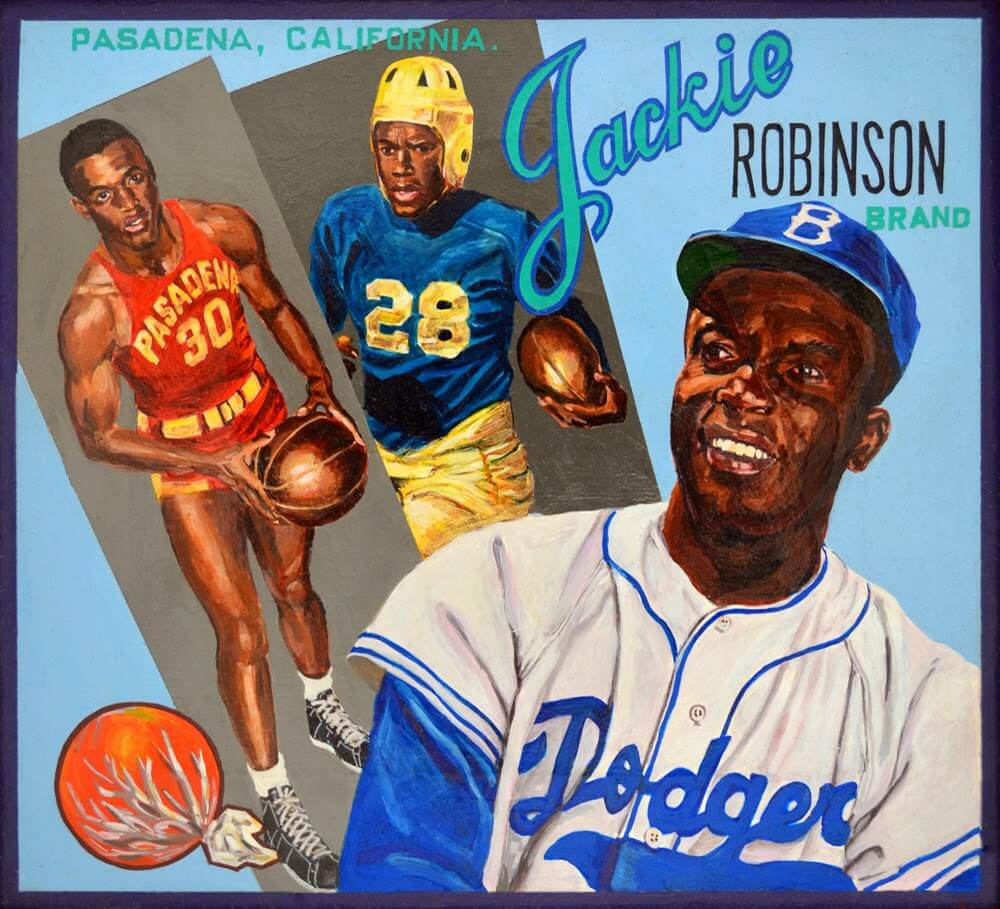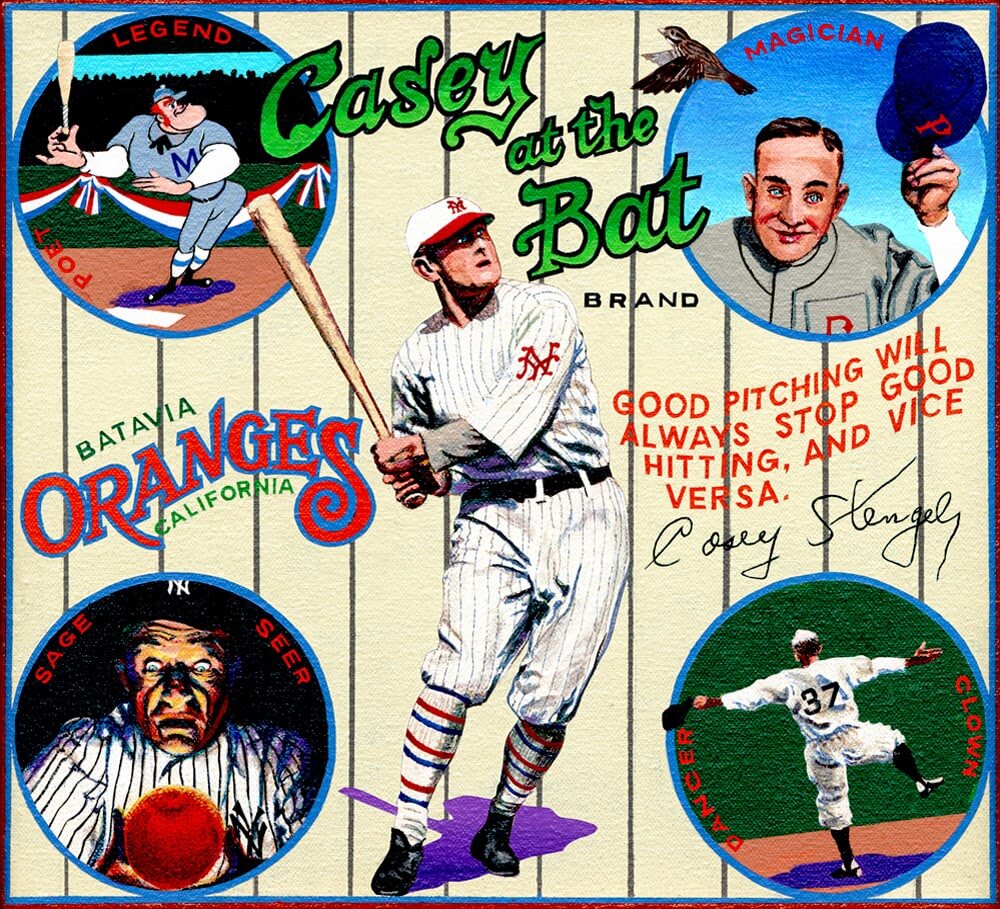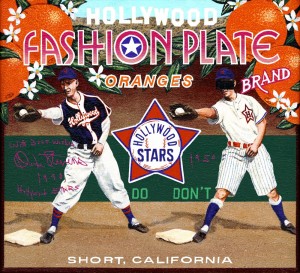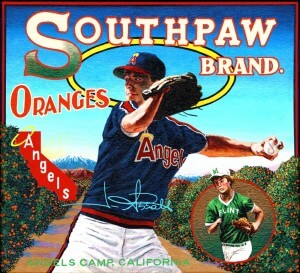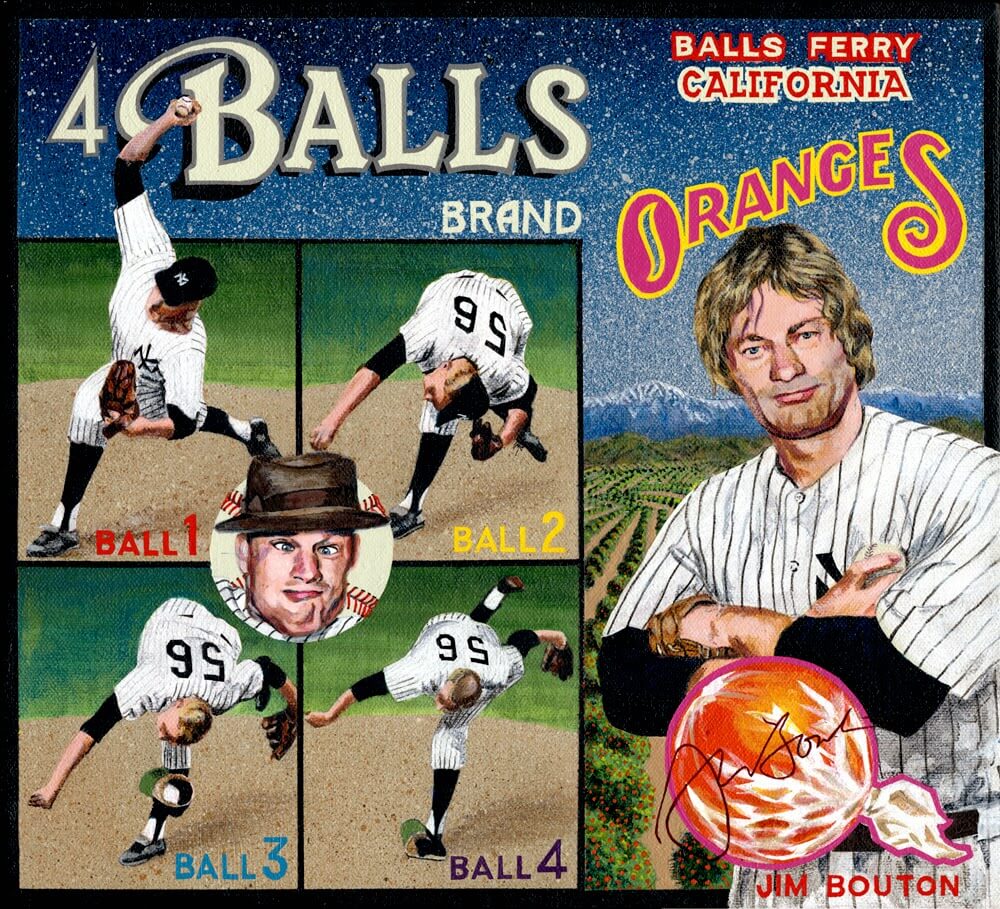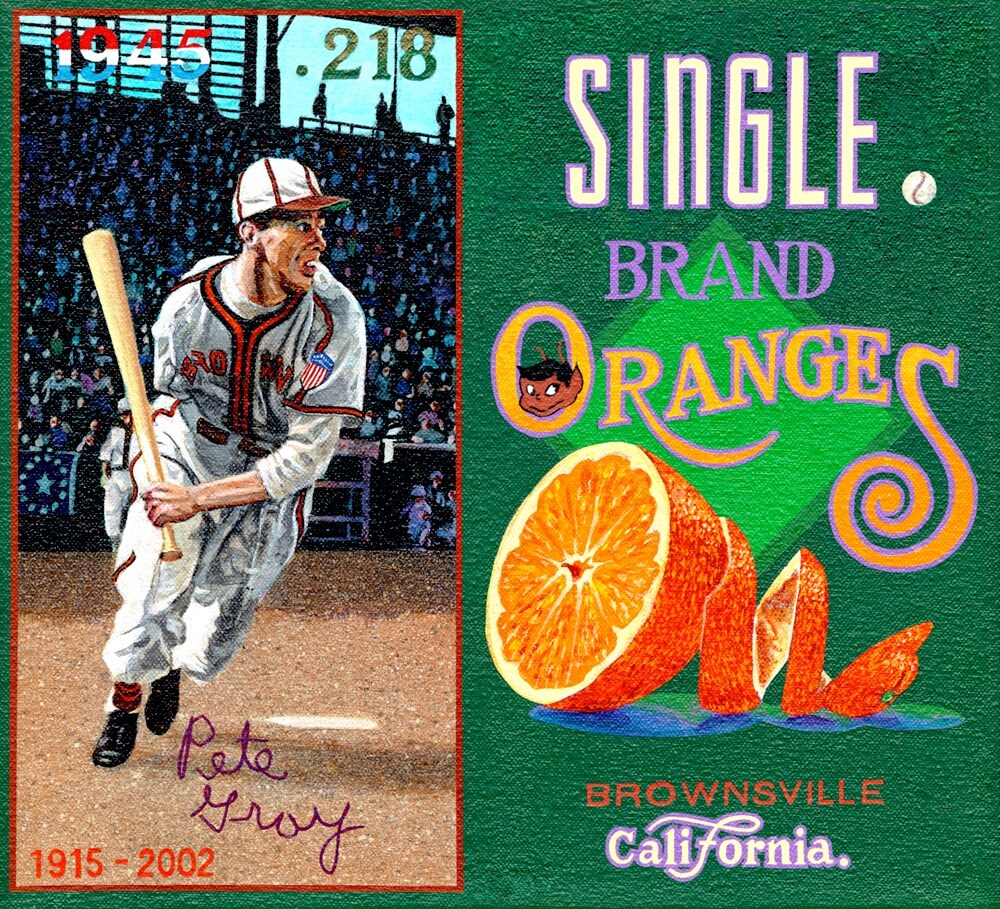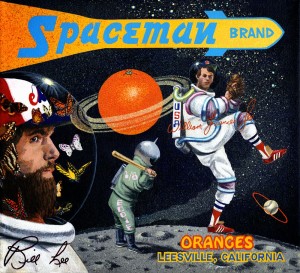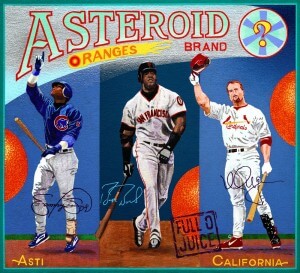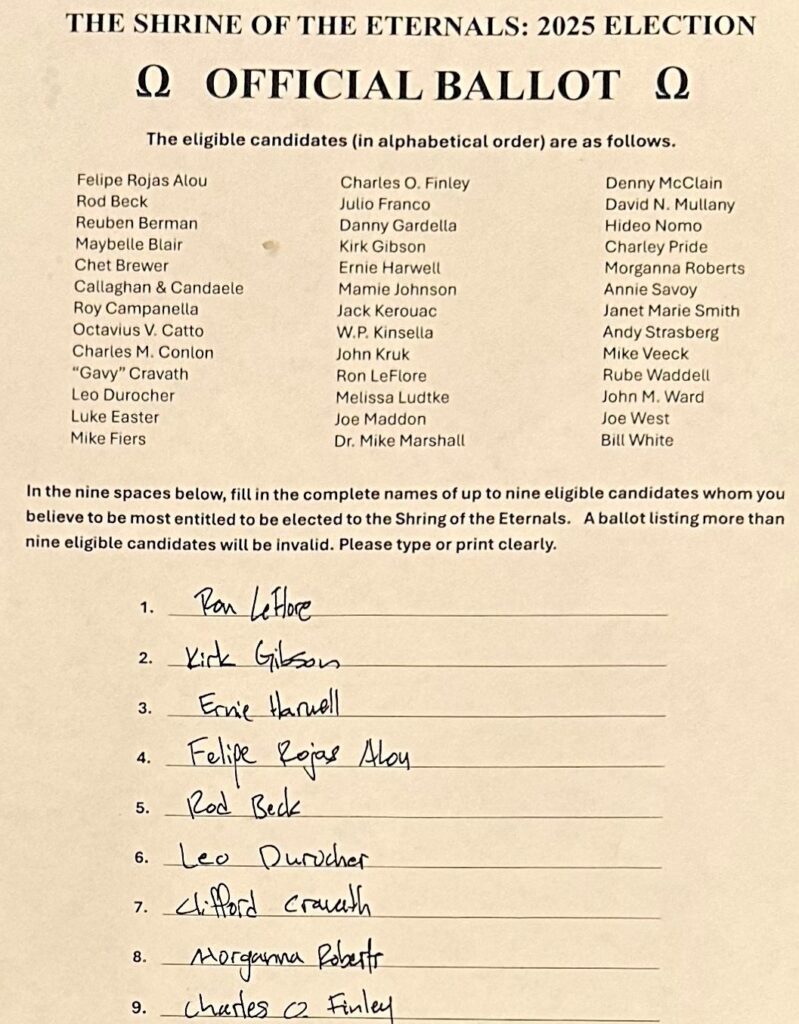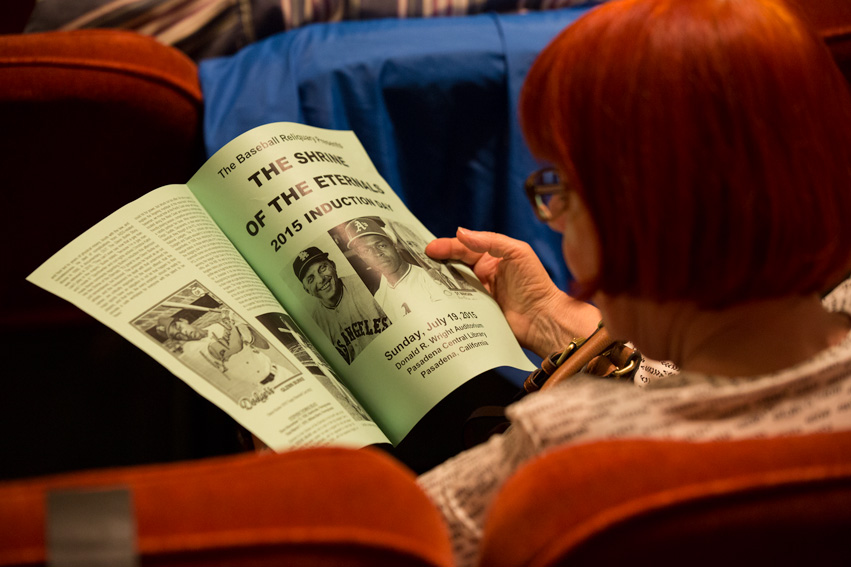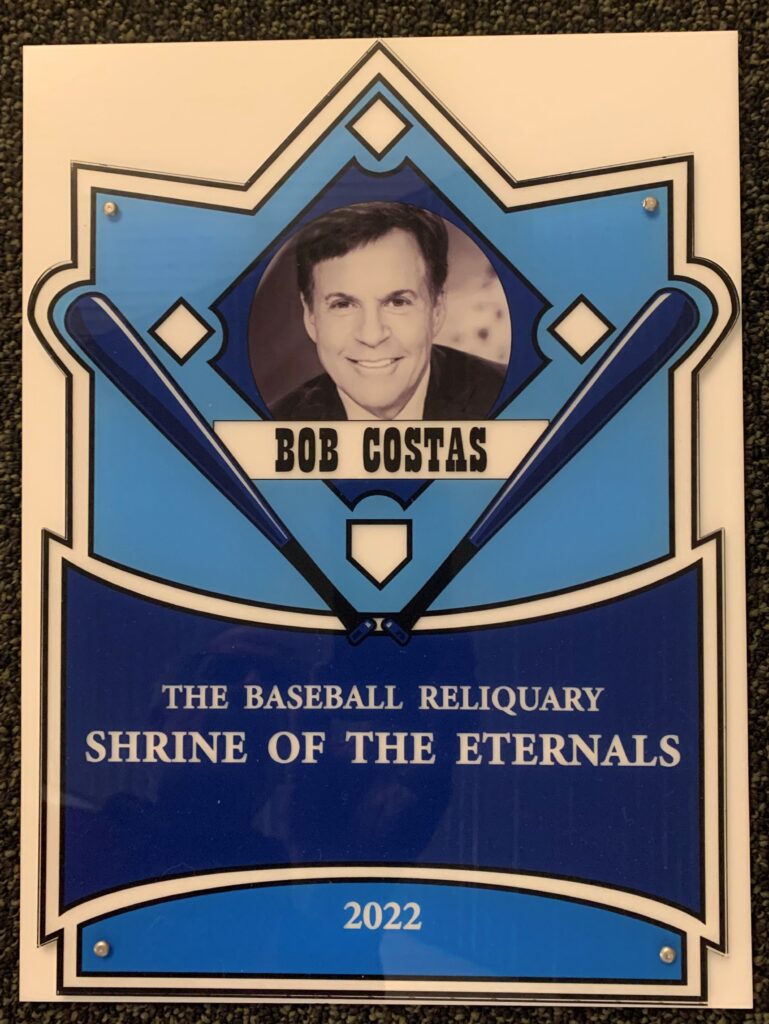From the 1880s to the 1950s, California oranges were sent to market packed in wooden crates with big, multi-colored labels pasted on the ends. Among artist Ben Sakoguchi’s early influences were the bold graphics and fanciful images on the orange crates that were stacked behind his parents’ grocery store in San Bernardino.
In the 1970s — after cardboard cartons had replaced wooden crates — beautifully printed labels that had long been stored in packing houses were being sold as collectors’ items at the flea markets Sakoguchi frequented. He was attracted to the familiar orange crate label format, and started using it in a series of small paintings.
From the 1880s to the 1950s, California oranges were sent to market packed in wooden crates with big, multi-colored labels pasted on the ends. Among artist Ben Sakoguchi’s early influences were the bold graphics and fanciful images on the orange crates that were stacked behind his parents’ grocery store in San Bernardino.
In the 1970s — after cardboard cartons had replaced wooden crates — beautifully printed labels that had long been stored in packing houses were being sold as collectors’ items at the flea markets Sakoguchi frequented. He was attracted to the familiar orange crate label format, and started using it in a series of small paintings.
In his article on the Orange Crate Label paintings for the July 31, 2006 issue of Sports Illustrated, author David Davis noted, “Always evident in his art is what Sakoguchi calls his ‘feeling of otherness,’ which came from his experiences growing up in one of the few Asian-American families in San Bernardino. In 1942, after Pearl Harbor was attacked, thousands of Americans of Japanese descent were relocated to camps. With his parents and three siblings, three-year-old Ben was interned in Poston, Arizona for the remainder of the war. His outsider’s perspective gives his work a political bent. ‘In baseball, the flaws of America and the strengths of America come through,’ Sakoguchi says. ‘Jackie Robinson integrated the game way before the rest of society was integrated, but then two players in the Hall of Fame [Tris Speaker and Rogers Hornsby] were members of the Ku Klux Klan.”
- Asterisk Brand (2005)
- Asteroid Brand (2005)
- Brownie Brand (1995)
- Capt. Ted Williams Brand (1998)
- Casey at the Bat Brand (2002)
- Chavez Ravine Brand (2005)
- Fan Attic Brand (2005)
- FernandoMania Brand (2005)
- 4 Balls Brand (2005)
- Hollywood Fashion Plate Brand (2002)
- House of David Brand (2005)
- Import Giants Brand (2002)
- Jackie Robinson Brand (1994)
- Krazy Jimmy Brand (1998)
- Labor Pains Brand (2005)
- Miss Call Brand (2002)
- Patriotism, Greed & Lies Brand (2005)
- Peg Leg Pitcher Brand (2002)
- Race Pennant Brand (2003)
- Red, Right & Wrong Brand (2005)
- Sgt. Bilko Brand (2002)
- Single Brand (2002)
- Southpaw Brand (2002)
- Spaceman Brand (2005)
- Spitter Brand (2002)
To view more of the paintings in Ben Sakoguchi’s series,
The Unauthorized History of Baseball, visit the artist’s Web site.

